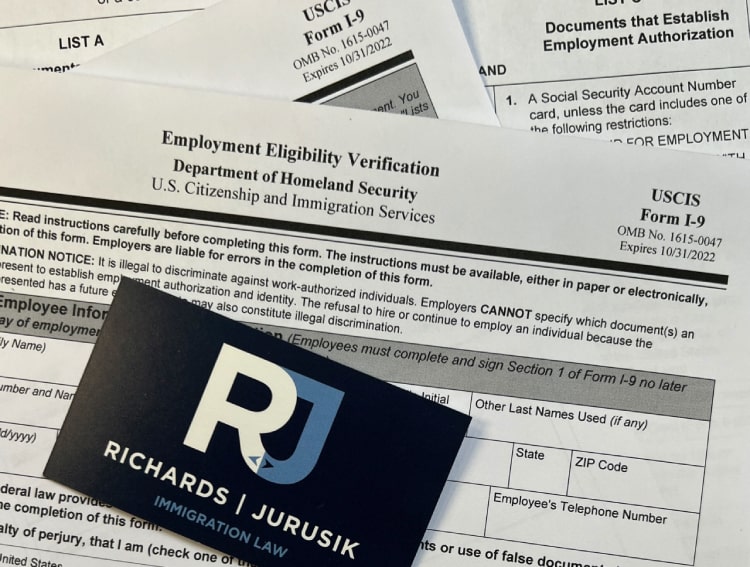

Navigating customs can often seem daunting, mainly when presented with official forms such as the US Customs FORM 6059B. This key document, however, is much simpler to complete than you might think. It’s a mandatory requirement for individuals traveling into the United States, and it’s crucial to understand when and how to fill it out.
Form 6059B, also known as the Customs Declaration Form, is required by the U.S. Customs and Border Protection (CBP) agency for all travelers entering the United States. Whether you’re a U.S. citizen returning from abroad or a foreign visitor stepping onto American soil for the first time, this form is mandatory. The CBP uses it to control the import of goods into the country and to collect duty (tax) on imported goods.
Remember, honesty is essential when filling out this form. The U.S. CBP takes the declarations seriously, and false statements can lead to fines and penalties.

The USCIS Form I-9 is not merely administrative paperwork but crucial for verifying employment eligibility for U.S. citizens and non-citizens. Here, we go into the vital details every employer must know to navigate this process smoothly. Critical Deadlines for Completing Form I-9 Meeting specific deadlines is fundamental for the efficient completion of Form I-9: Section…

Embarking on your immigration journey involves a critical step – the immigration medical examination. Uncover key information about designated civil surgeons, variable costs, and crucial vaccination requirements in this comprehensive guide. From finding a civil surgeon using USCIS tools to understanding the examination process, equip yourself with the knowledge needed for a smooth immigration medical experience.

Securing employment in the U.S. involves navigating through various pre-employment inquiries, especially for foreign professionals. These questions are pivotal for employers to gauge their immigration and sponsorship responsibilities. Understanding these inquiries is important for obtaining and maintaining job opportunities in the U.S.

Wading through U.S. immigration requires a clear understanding of key terms such as “visa” and “green card.” Both are essential for entering and residing in the U.S. but serve different purposes and grant different rights. Here’s an expanded and detailed explanation of each:

The P-3 visa allows artists and entertainers to come to the United States to perform, teach, or coach as part of a culturally unique program. The P-3 allows individuals and groups to enter the United States to provide a performance or presentation that is culturally unique.

Explore the nuances of international diplomacy by understanding the clear distinctions between a US Consulate and a US Embassy. From service provisions to diplomatic engagements, grasp the unique roles these entities play in representing the United States abroad.